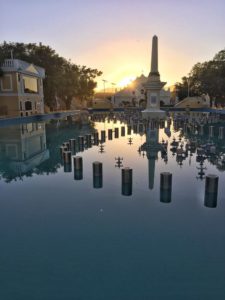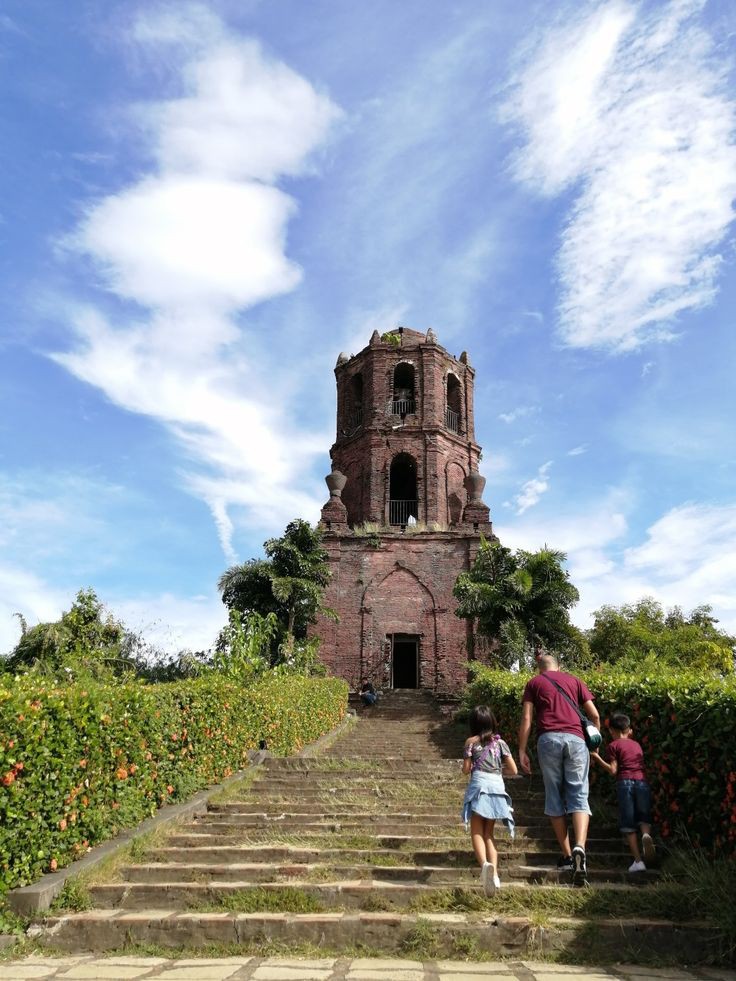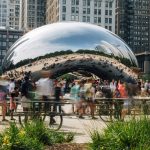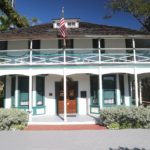 As I stepped off the bus and onto the cobblestone streets of Vigan, Ilocos Sur, I felt as though I had traveled back in time. The air was thick with the scent of old wood and the sound of horse hooves echoed through the streets. I had heard stories of Vigan’s charm, but nothing could have prepared me for the enchantment that awaited me in this ancient city.
As I stepped off the bus and onto the cobblestone streets of Vigan, Ilocos Sur, I felt as though I had traveled back in time. The air was thick with the scent of old wood and the sound of horse hooves echoed through the streets. I had heard stories of Vigan’s charm, but nothing could have prepared me for the enchantment that awaited me in this ancient city.
Vigan, a UNESCO World Heritage Site, is one of the few places in the Philippines where Spanish colonial architecture still stands. The city’s historic center, with its grid of cobblestone streets, is a testament to the country’s rich history. As I wandered through the streets, I marveled at the well-preserved ancestral houses, their wooden facades adorned with intricate carvings and ornate details.
My first stop was the iconic Calle Crisologo, a street lined with some of Vigan’s most impressive ancestral houses. I walked along the street, taking in the sights and sounds of the city. The houses seemed to whisper stories of the past, their walls bearing witness to generations of families who had lived and laughed within their walls. I couldn’t help but feel a sense of awe and reverence as I walked along the street, the soft rustle of the wind through the trees the only sound breaking the silence.
The Plaza Salcedo in Vigan (© Alfred Galura)[/caption] As I explored this place, I stumbled upon the Vigan Cathedral, a stunning example of Spanish colonial architecture. The cathedral’s imposing facade and ornate interior left me in awe. I spent a quiet moment inside, reflecting on the town’s rich history and the countless prayers that had been whispered within its walls. The cathedral’s tranquil atmosphere provided a peaceful respite from the hustle and bustle of the town.Next, I visited the Burgos House, the ancestral home of Padre Jose Burgos, one of the country’s most revered heroes. The house, now a museum, offered a glimpse into the life of this courageous priest who fought for the country’s independence. As I walked through the rooms, I felt a deep sense of respect for the man who had once called this house home. The museum’s collection of artifacts and memorabilia provided a poignant reminder of the country’s struggle for freedom.
As the day drew to a close, I made my way to the Vigan Plaza, a charming square surrounded by historic buildings.
The plaza was alive with activity, locals and tourists alike strolling through the square, taking in the sights and sounds of the city. I sat on a bench, watching as the sun set over the vicinity, casting a warm golden light over the cobblestone streets.
As night fell, I decided to take a kalesa (horse-drawn carriage) ride through the city. The clip-clop of the horse’s hooves echoed through the streets as we made our way through the historic center. The city was even more enchanting at night, the ancestral houses lit up like lanterns, their windows glowing with a warm, golden light.
As I settled into my seat, the kalesa driver pointed out various landmarks and shared stories of the town’s history. We passed by the Syquia Mansion, the ancestral home of the Syquia family, and the Vigan Heritage Village, a collection of historic houses that had been restored to their former glory. The driver’s knowledge of the town’s history and architecture was impressive, and I found myself asking him questions and listening intently to his stories.As the night drew to a close, I returned to my hotel, feeling grateful for the experience. Vigan, Ilocos Sur, is a city that will captivate your heart and transport you back in time. Its cobblestone streets, ancestral houses, and historic landmarks are a testament to the country’s rich history and culture. As I drifted off to sleep, I knew that I would return to Vigan one day, eager to relive the magic of this enchanting place.
The following day, I decided to explore the surrounding area, visiting the nearby town of Santa Maria, which is home to the stunning Santa Maria Church, a UNESCO World Heritage Site. The church’s unique architecture and stunning views of the surrounding countryside made it a worthwhile visit.
I also visited the Bantay Bell Tower, a historic tower that offers stunning views of the surrounding area. The tower’s rich history and stunning views made it a great spot to watch the sunset.
As I left Vigan and headed back to Manila, I couldn’t help but feel a sense of sadness. I had fallen in love with the city’s charm and character, and I knew that I would miss its cobblestone streets and ancestral houses. But I also knew that I would return to Vigan one day, eager to relive the magic of this sleepy city.
**Vigan, Ilocos Sur, is located approximately 400 kilometers north of Manila and can be reached by bus or private car. Accommodations range from budget-friendly hotels to luxury resorts.**








Wow there are so many world class architectures we can visit here which is still not in my list. Actually we don’t hear about these places before this time and definitely its a journey through time. Great research and thanks for highlighting these places which are my favorite.
To watch these world heritage sites anywhere in the world is my first choice. Thanks for giving a genuine information to the reader’s
What a wonderful way to experience The Philippines without the crowds of Manila!